Why There Is Only One Type of Ideal Salesperson

by EnyOsung
30th June 2017
in Advice, Blog, Entrepreneurs, Infographic, Sales, Small Business, Social media marketing, Startups
No Comments
5287
Why There Is Only One Type of Ideal Salesperson (infographic)
Selling is an essential task for entrepreneurs. Unfortunately, very few of us enjoys performing the role for many reasons. These include a misconception of ‘Sales’. Consequently, many adopt ineffective approaches that ultimately fail to achieve the results they desire. They also often leave a negative impression on prospective clients that further damages the chance that they will return to buy at a future date. This Guest infographic, developed in partnership with SalesForce, shines the spotlight on the reality that it’s up to salespeople to know what their customers need in order to close the sale. This includes knowing the Job to be Done (JTBD), or the causal driver behind a sale or another such customer action
Be Forewarned is to be Forearmed about Selling
We’re hardwired to remember negative experiences more strongly and in greater detail, Nass says.
But while this research helps us make sense of why many people see sales in a negative light, this information can be misleading when it comes to properly inform salespeople of the ideal tactics they should use in a given interaction. Why? Because each new interaction involves different people who have different wants, needs, and preferred styles of engagement.
This helps explain why no specific sales style is perfect, despite opinions to the contrary.
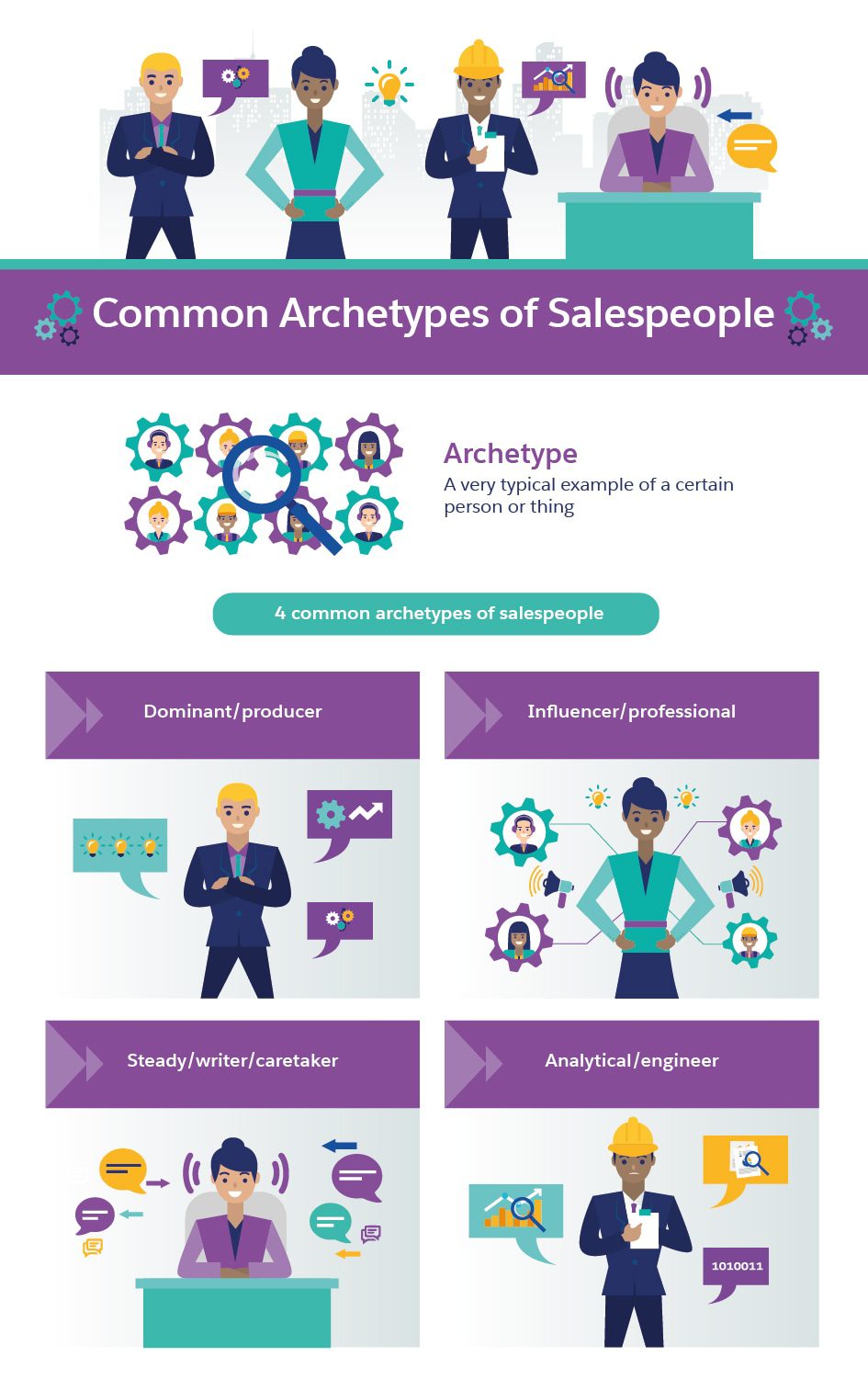
Most of us have undoubtedly seen or read about the so-called four main salespeople archetypes. These types are an amalgamation of those used by prominent researchers, thinkers, and firms such as Axix Online Solutions and Insights, among others. They include:
- Dominant/producer
- Influencer/professional
- Steady/writer/caretaker
- Analytical/engineer
The key, however, is for salespeople to flip the script, worrying less about the archetype they fit into and more about better understanding how to fit under the same umbrella with the person across the table, says Bruce May of Axix Group.

“A lot of people think you should never put on a hard sale,” says May. “But it’s a lot like spam. If you really want that item that pops up on the screen, it’s not spam to that person. The same applies for a hard sell. If I’m looking at my dream car that I’ve always wanted, I really don’t mind if you put it on thick, unless, say, I’m the ‘director’ who needs to be in charge.”
Using the model created by Insights and others, May has adapted his own archetypes that help him understand customers, not simply salespeople. They are:
- Director: Drives the sale, doesn’t want a lot of chit-chat, and must always be in control
- Actor: Loves to talk and can appear to be all about the fun
- Writer: Wants everyone to be happy, but likely needs input from others to make a decision
- Analyst: Is only interested in the facts, so you need to focus on features and benefits, not fluff
With this in mind, it’s essential that salespeople know which archetype they are talking to and where the person is in the purchasing cycle. But this isn’t so that they realise how to best tailor the pitch. The best type of salesperson is a perspective one who is willing to get to know the person and, most importantly, their real desires and driving forces for obtaining the product or service.
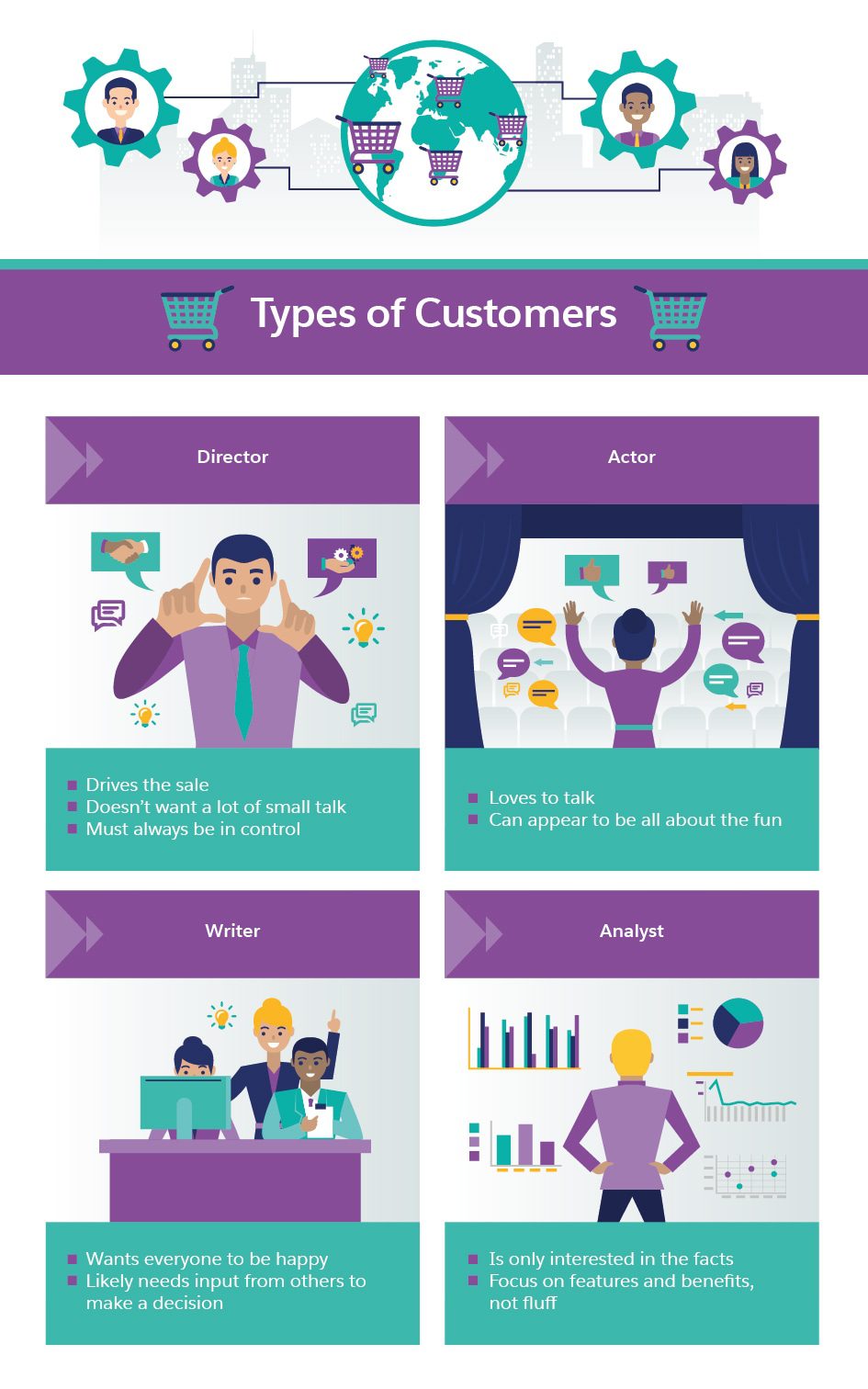
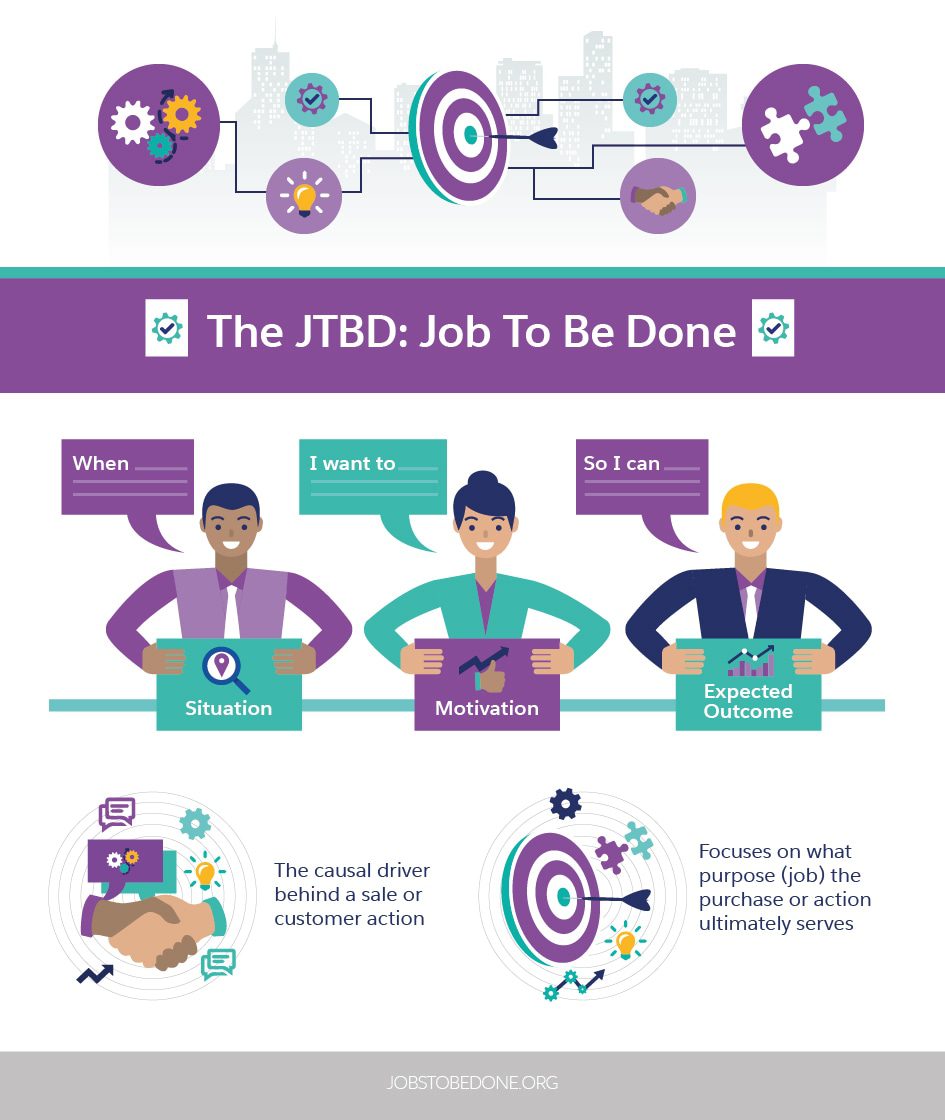
Understand the Job to be Done
It’s asking a lot to expect salespeople to recognise, in a split second, what sales tactic will resonate with a given person. It’s near impossible that they’ll get it right a high percentage of the time—certainly not quick enough to avoid missing out on potential sales.
That’s why understanding prospects’ Jobs To Be Done is essential.
First coined by Harvard researcher Clayton Christensen, Jobs To Be Done (often referred to as JTBD) describes the causal driver behind a sale or another such customer action. It moves beyond merely what is bought and sold and instead focuses on what purpose (job) the purchase ultimately serves.
For example, if a 30-year-old is looking to buy a large SUV, a salesperson might assume the buyer needs the additional space for hauling around kids and their associated gear. But in reality, the would-be buyer could have elderly parents about to move in with them. The oversized vehicle could be a way of ensuring the older generation can enter and exit the vehicle easily.
The JTBD: Ease the transition to a multigenerational household.
By understanding the JTBD, the salesperson:
- Doesn’t have to worry about archetypes
- Can focus on making sure the customer gets what they need and feels good about it
“Identifying and understanding the job to be done are only the first steps in creating products that customers want—especially ones they will pay premium prices for,” write Christensen and co-authors Karen Dillon, Taddy Hall, and David S. Duncan. “It’s also essential to create the right set of experiences for the purchase and use of the product, and then integrate those experiences into a company’s processes.”

Moving From Archetype to JTBD Process to JTBD Implementation
You can’t know what someone wants—and why they want it—unless you ask, says May.
That’s why a question-and-answer phase is essential to the sales process. This is less about finding out how to make the sale and more about what the person’s unique needs are and how you can possibly help solve them.
Consistent with the JTBD approach, begin by asking questions that are related to but not specific to the product being sold. For example, a software salesperson might ask:
- How large is the team that’ll use the product?
- Is the team likely to grow in size in the near future?
- What does the typical day look like for the average user of this product?
- How many department heads does that involve?
- What software have you used in the past?
- What are your likes and dislikes for each one?
- Considering the similar products you’ve used in the past, can you list the commonalities on the continuum of likes and dislikes?
- Is there anything you foresee on the horizon as likely impacting your purchase of this software, whether from us or another brand?
Though far from complete, a line of questioning such as this one could reveal that the team is about to be dramatically downsized and merged with at least one other group through an acquisition. This would mean that the new software needs to meet the needs of a broader group of stakeholders with disparate leaders who all have to sign off on the purchase.
The JTBD in this instance is to make downsizing as painless as possible (e.g., ensure revenue does not dip during the transition), something a salesperson cannot and will not know if they don’t move beyond archetypes.
It’s Never Just About the Sale
The JTBD framework is worth further exploration, in large part because it has the ability to reshape the sales-buying process.
Too often prospects enter the buying journey having a negative affect as it regards sales. An overriding sense of dread has become the norm, a fact echoed in the comments from Rand Fishkin.
However, if salespeople went into the process seeking to learn as much as they could about the customer—who is typically also looking to learn as much as he or she can—they can more often than not meet in the middle and ensure both salesperson and customer achieve their goals.
The perfect beginning is for salespeople to understand that behind every would-be purchase is a job to be done. Nail that, and you’re far more likely to not only close the sale, but earn a lifelong customer as well.
Isn’t that the goal for us all?
You can see the original post @ https://www.salesforce.com/ap/hub/sales/what-is-the-ideal-type-of-salesperson/
*********************************************************************************************************************
Global.Media provides expert online and offline advertising, and marketing on all digital platforms to get qualified leads for businesses. Check out our Services page to see how our advertising and marketing services can help your business to get more customers and sell more, faster. Why not sign up for our newsletter using the simple form on the right? You can also follow us on social networks. Finally, we’d love for you to share this post with your network using the share buttons below.
********************************************************************************************************************
We’d love to have your feedback and suggestions about this post. What are you doing to monitor your marketing activities? Which performance indicators have proved most effective for your company? Please leave your comments in the Comments Section below.
Other posts you may like
The Secrets of Great Marketing – Marketing Magic Tip
Top 5 Ways Digital Marketing Is Important For Your Business
10 Ways Coaching Saved My Business
Our Digital Marketing Services:
Website Design | Search Engine Optimisation (SEO)| LinkedIn Marketing | Content Marketing| Email Marketing| Pay-Per- Click| Social Media Marketing| App Development & Marketing| Business podcasts | Video marketing
HOME | ABOUT | MaAD BLOG | PODCASTS | TESTIMONIALS
Download Our Mobile App to listen to our podcasts on the go Get Mobile App
Recommended Posts
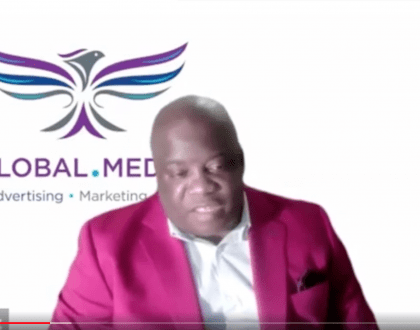
Eny talks with Lydia on The Joyful Path Podcast
9th December 2022
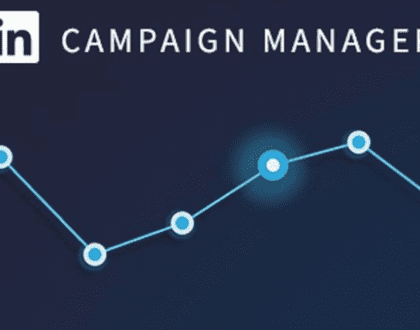
How to use new LinkedIn Campaign Manager
20th July 2022


